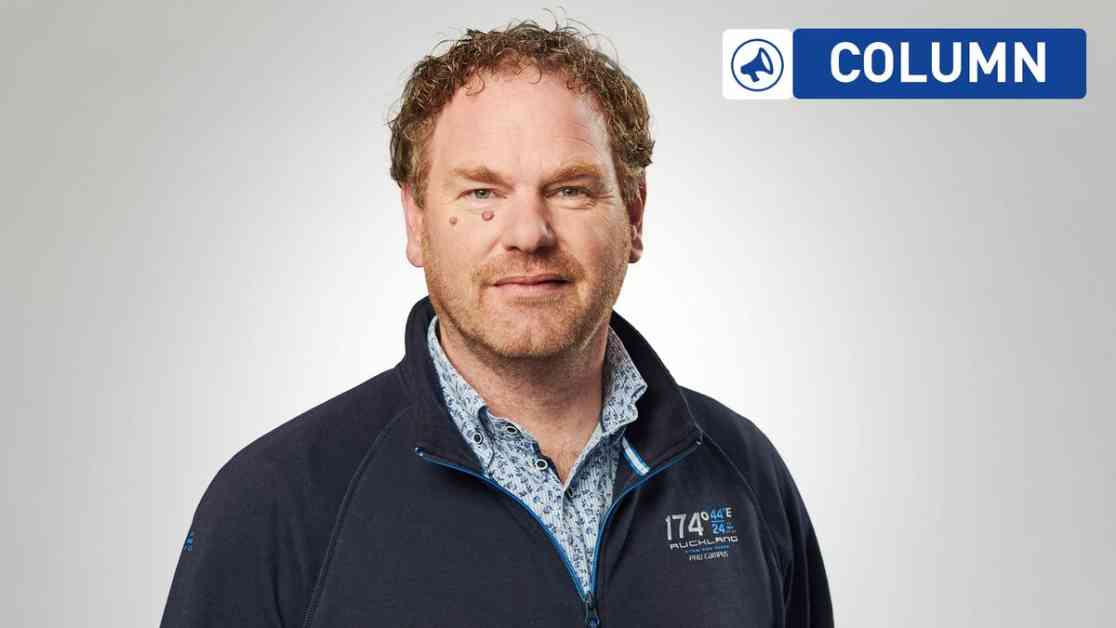Huvudvärkssyndromen is the by far the most common diseases in the brain, with a prevalence in the population that far surpasses that of other neurological disorders. In the recently updated version of the International classification of headache disorders (ICHD-3) defines almost 300 unique types of headaches varying from a quite ordinary and straightforward the headache of spänningstyp to significantly less common but extremely painful types of klusterhuvudvärk – often referred to as ”självmordshuvudvärk”.
The dominant samhällsproblemet is sjukdomsgruppen migraine that is characterized by seizures with severe to unbearable intense pulsating headache which increases at the physical exertion. The headache in migraine is usually accompanied by nausea and vomiting, and hypersensitivity to external stimuli such as light, sound and odors. It is often necessary to take bed rest in several days when attacks are most intense. Most affected individuals experience a decreased mental ability, toughness, lack of concentration, lack of multitasking during the assaults, and about one in five people with migraines have neurological bortfalls or retningssymptom with transient loss of retningsfenomen for example, in vision (vision loss), speech (losing the words/slurred speech), and mobility (fumlighet, weaknesses).
most are diagnosed in childhood or early adulthood, and then have an active disease up to the upper age or longer. A subgroup of approximately 10% is considerably harder hit than the average, and recovers not between the attacks, which are becoming increasingly more frequent, an effect of the transformation to chronic migraine; headache more than 14 days per month. In the age range 20-49 years, slightly more than every fifth woman active migraine. This is normally the most productive part of life with regard to family formation and higher education.
Migränpersonerna left to their fate with failure or delay of effective treatment. Society bears the cost of the sick leave and medical coverage that will be the consequence of inadequately treated migraine patients.
Epidemiological research in Sweden shows that migraine with great precision strikes where it does the most harm to the affected individual and the people in the surrounding area – the ability to participate in work, family and leisure activities. According to the WHO causes migraines each year in Sweden alone, a loss of 35 000 life years (disability adjusted life years, daly’s), which with a good margin exceeds the overall disease burden of less common but severe neurological diseases such as epilepsy, MS and Parkinson’s disease (together 25 000 daly’s). According to an interim report from the Global burden of disease study ( GBD) published in the Lancet in October 2018 generates migraine higher disability in the european population than stroke, and on a global basis, giving it the second largest burden of all diseases.
Scandinavian huvudvärksforskning is ago long leading international, inter alia, through the successful research and educational efforts within the Global campaign against headache in collaboration with the WHO, and the active work of the board of the International headache society (IHS) and European headache federation (EHF). It has thanks to the Swedish research demonstrated that the vasodilating and inflammationsskapande substance calcitonin gene-related peptide (CGRP) is released in the nervous system during the migraine attack. This after many years of clinical trials led to advanced biological medicines during the year has been approved by the European medicines agency (EMA) and is available in Sweden.
This requires a well structured huvudvärksvård in several levels. The EHF believes that 90 per cent of patients can be managed in primary care, given that the education level is raised. From here, they can if necessary be referred on to specialist clinics in the outpatient setting to the extent that they exist. Only 1-2 per cent require advanced care at the hospitals neurologiavdelningar, where there must be highly specialised huvudvärkscentra. An important point with this structure is that each patient is taken care of in the lowest possible effective level and thus prevents the hospitals are flooded with patients with less complicated headache.
The sjukhusbaserade care in Sweden has, however, a long tradition of neglect even the hardest-hit huvudvärkspatienterna. In contravention of the international consensus denies remissmottagarna at the university hospitals in several of our largest medical service regions consistently all migraineurs care, regardless of the severity described in the referral, and, therefore, their primary care physicians, but both using that information about this complex group of patients. Migränpersonerna left to their fate with failure or delay of effective treatment. Society bears the cost of the sick leave and medical coverage that will be the consequence of inadequately treated migraine patients.
At the individual level leads untreated, severe migraine, often to the aggravation of the humanitarian suffering on the basis of the development of mental illness such as anxiety and depression. A calculation of the massive economic losses of the society have been published in the thorough Eurolight study in 2012 showed that the annual monetary loss in the EU was € 50 billion, mainly generated by sickness absence and reduced productivity at the workplace.
Only 7 percent of the costs to society of migraine depends on visit in health care, diagnostic studies, medications, and other treatments. Increased investment in the care of these patients would therefore repay itself manifold of the country.
Swedish decision-makers must put our foot down and demand that neurologins operations managers in every part of the country to recognise a severe headache as part of its remit, with the full right to a part of the publicly funded hospitals. It requires a political decision to establish a state national centre whose first task shall be to guide the construction of devices for severe headaches at all regional hospitals in Sweden. Scientifically developed indicators to measure the quality of huvudvärkscentra are already in Europe and can be directly adapted to Swedish conditions.
the Short kompetansetjeneste for hodepine in Norway and the Danish hovedpinecenter in Copenhagen proves that the politicians in our neighbouring countries understood the need to control the up huvudvärksvården at the national level. Now it is time for Sweden to catch up.








